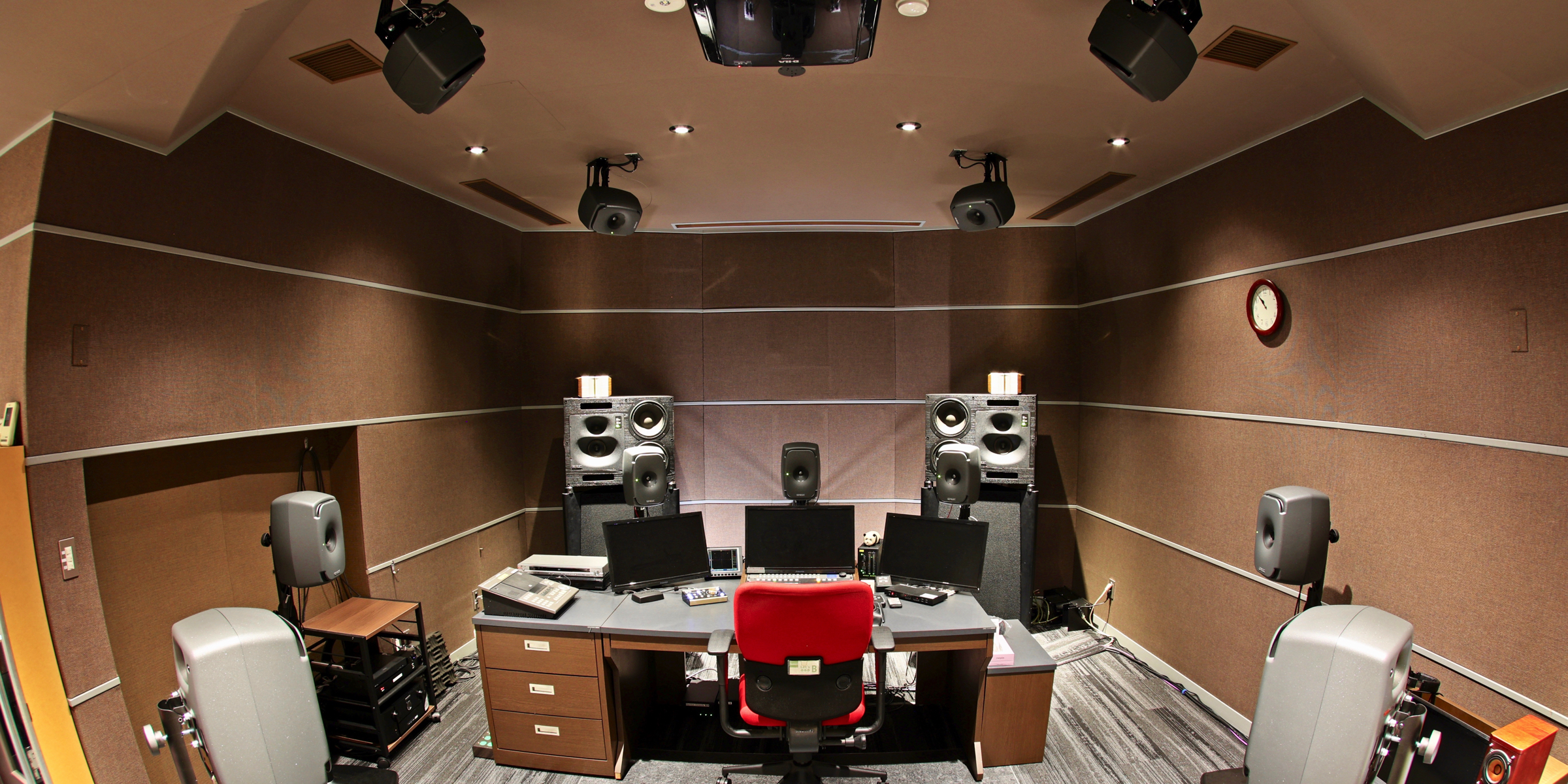That example is a bit of a thought experiment. Once the motor stops the cone itself has non linearities…
I do not think anyone knows DEFINITIVELY what accurately captures the difference between fast and slow, but one interesting discussion is the phase interaction at the crossover:
Hi, been meaning to get back...a few 2C...
My problem with using fast and slow as descriptions for bass is simply how utterly nebulus they are......
Are we talking subjective sound, are we talking something physical like motor/cone velocity, air velocity,.... or what?
Most often I see folks talking subjective sound....
Personally, I can't help but equate the idea of fast with anything other than transient response.
And the definition of transient response
is frequency response (complex, mag and phase).
The wider the frequency response bandwidth, the better the transient response.
The flatter the complex freq response, the better the transient response.
The
fastest sound there is? ..... full-range flat mag and phase.
So what slows it down?
For subs regardless of room...
Limited bandwidth...for example, the sub with the earliest acoustic high frequency roll-off will sound "slower".
(Ironically, subs with higher THD are often described as sounding faster, when played at higher SPL. A good front loaded horn sub, with nearly zero THD even at higher SPL, can be so clean it sounds fat and slow in comparison.)
Phase lag....the sub with the steepest acoustical high-pass, from either porting or EQ's boosting low end on sealed, can sound "slower"..( via the misnomer known as group delay)
For speakers...
non flat freq response
wonky crossovers
multiple drivers and their lobing
disjointed directivity
........anything that diminishes flat complex freq response (or rather the particular house curve in play)
........anything that negatively impacts polars
And then there's the friggin room.....!
Room modes..
Multiple sources / reflections....comb filters galore.
Yikes...
So for me, back to Audio 101 and simplicity.
Perfect transient response = perfect freq response =
mo' faster
Ok, to help pay for that loadwinded sting on the soapbox, here's something maybe folks will enjoy.
I've had the idea for a while, that tone bursts can be used to help with unconventional measurements.
I've used them for fine tuning sub xovers, due to their high degree of repeatability in measuring low frequency time-of-flights.
@GXAlan.... for the motor stop idea you mentioned....I've tried a single cycle sine burst, to see how well the acoustic waveform matches the electrical.
Here's the REW Generator and the scoped electrical sound card output.
Here's a comparison of acoustic captures of that burst, with a mic about 4" from sub's dust cap
.
The left is with a few small minimum phase EQ's to flatten mag and phase.
The EQ's made no difference whatsoever to the single freq burst.
So, the left could be said to be the raw response also.
The right has the same set of EQ's, but implemented in a linear phase FIR filter.
The idea was to see what kind of oscillations occur around the one cycle burst. To see how damped the sub is.
I was surprised to see the overall differences, min phase (or raw) vs the lin phase.
If it weren't for an earlier onset of negative oscillation on the lin phase, I'd call it hands down superior to the raw / min phase
In both screens the center of the bursts are on the center vertical crosshair. The two outer vertical cursors are one 50 cycle, 20ms period apart.
Voltage cursors the same...



